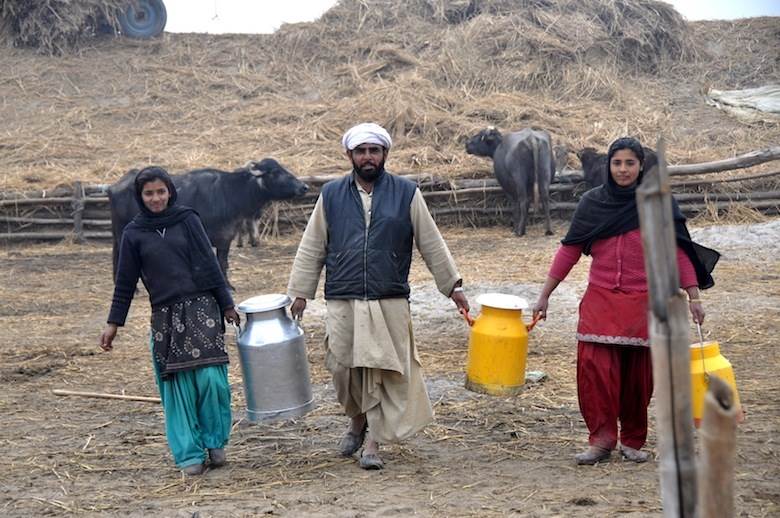World Bank in bid to boost dairy cattle sector in India
12/08/2016

In the meantime, however, the World Bank has been working with the authorities in a number of states to help livestock farmers improve efficiency and bring India’s dairy industry up to date.
According to the World Bank, animal husbandry and dairy farming are still crucially important economic activities in India, accounting for approximately 33% of the country’s agricultural gross domestic product (GDP). It adds that the country’s livestock sector is one of the largest in the world with 56.7% and 12.5% of the world’s buffalo and cattle herds respectively.
It says India is the largest producer of milk in the world, with a production of 146.3 million tonnes in financial year 2014-15. Furthermore, a World Bank study has predicted that per capita consumption of milk and dairy products across India will rise to more than 350 grammes per day by 2020.
Dairy farming is a major source of livelihood for approximately 80% of India’s small farmers (people who typically own between one and three milk-producing animals); these farmers contribute approximately 70% of the country’s total milk production. In addition, the organisation says women play a critical role in dairy farming activities both in rural and urban areas.
The World Bank is funding a national dairy plan for India, running from 2011 until 2018. It describes the plan as a scientifically planned, multi-state initiative aimed at increasing the productivity of milk animals and providing rural milk producers with greater access to the organised milk-processing sector. It has estimated that only 30% of the “marketable surplus” is sold to the organised sector.
Image: A family of dairy farmers in Punjab. Credit: The CGIAR Research Program on Climate Change, Agriculture and Food Security.











